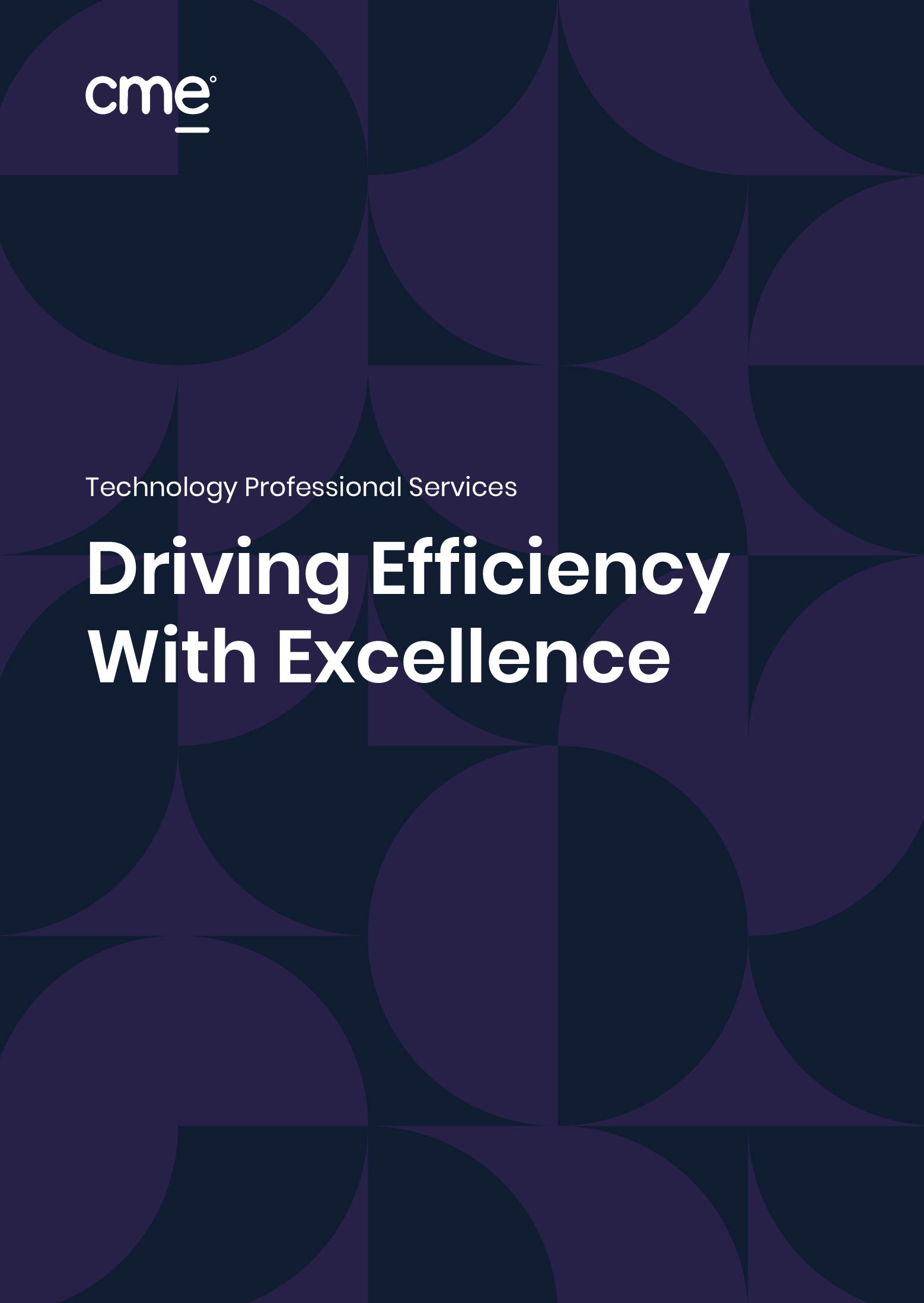Considerations For Companies Pursuing Innovative IoT Projects
Internet Of Things
Considerations For Companies Pursuing Innovative IoT Projects
For companies pursuing IoT device production projects, it is essential to understand the development lifecycle in its entirety to ensure business continuity and have greater control over budgets.
With digital transformation firmly accelerating, key innovations have emerged to deliver newfound value to consumers, businesses, and industries. While many are now established in this category, among the most prominent are Internet of Things (IoT) devices, which continue evolving at considerable speed and scale. Driven by advancements in wireless communication networks, machine learning (ML), and sensor detection, IoT devices are delivering transformative impacts on operations and business models in a multitude of areas – energy management, environmental monitoring, supply chain traceability, smart home automation. Yet despite this widespread progression, IOT product development process is a subject of unfamiliarity to many, as are the challenges that regularly arise.
In simple terms, IoT devices connect things ranging from simple devices to complex machines, such as connected light bulbs and driverless trucks. They are embedded with sensors, software, and technologies, connecting and exchanging data with other devices and systems over the Internet. Considering their flexibility, practicality, and capabilities, the rise of the IoT device industry is certainly understandable, and the upward trajectory of late will not subside in the years to come. By 2023, the IoT market is forecasted to exceed USD 20 billion in the Middle East and Africa (MEA) alone – more than double its value three years prior according to GlobalData– and regional revenues could reach USD 55 billion by 2025 according to GSmainintelligence.
Evidently, the influential role of IoT devices will only increase in due course, with almost every sector implicated – from healthcare, hospitality, and manufacturing to energy, insurance, and logistics. Therefore, understanding IoT product development is one of two imperatives for technology providers.
The development lifecycle
IoT devices share various commonalities and one of these is their development origin. No matter their destined purpose across industries, every product is bound by the same process, which is divided into two main stages: research and development (R&D) and production. It is important to note that there is a huge difference between having a working prototype of a certain product and achieving mass production, and failure to understand this and the obstacles involved often lead to development failure, particularly for startups.
The first R&D stage revolves around collecting requirements, conducting feasibility studies and preparing proof of concepts (POCs). Stakeholder engagement from the very beginning is also important as their feedback helps refine requirements, as is domain knowledge. Workflows must be understood from the outset before IoT device integration, with ways to improve organizational processes identified.
Once requirements are approved during the initial project stage, the next step involves creating the necessary designs and manufacturing prototypes. These efforts will vary depending on the nature of the project, and subject matter experts (SMEs) play a huge role in applying Design for Excellence (DFX). SMEs not only verify that the desired end product can be manufactured and assembled within the specified unit cost and time; they also consider the regulatory, reliability, safety, and environmental requirements. Once a prototype provides a certain level of confidence and approval, it will be sent for field testing, with the key R&D stage deliverable being a validated prototype.
As for the second stage, this is segmented into two phases: pre-production and production. Pre-production entails tooling fabrication, product testing, regulatory certification processes, procurement planning, and production line preparation, collectively representing everything required for a smooth process. Meanwhile, the production phase revolves around batches management, including procurement, assembly, testing, packaging, and shipping. Having a partner or presence in the country where the IoT product will be manufactured is also important as this will help when coordinating with various suppliers and negotiating contracts. Moreover, working closely with the customer support team will support customer feedback analysis and future product enhancement efforts. When the R&D and production phases run smoothly, companies will ultimately be better prepared for potential difficulties that await:
Minimum order quantities (MOQs): With the IoT market progressing at a considerable pace, first-grade suppliers should do everything possible to avoid products that attract low MOQs as they will experience profit losses. This also represents an obstacle for lower grade suppliers that find it difficult to abide by schedules and/or address quality issues.
Chip/silicon products shortages: Pandemic repercussions and increasing product demands are a combination that will take time to recover from. During project lifetimes, sudden shortages are almost certain in today’s climate, and a mitigation strategy for procurement and availability is paramount.
Field testing issues: Unknown discrepancies can also arise during field testing, which sometimes occurs because the end product is built from and utilises different materials and processes than prototypes. A feature that was proven to work properly with the validated prototype is not guaranteed to work with the end product and generate the same result. Therefore, relying on SMEs is very important during the design phases for selecting the most prudent material or process for each use case.
Software integration: IoT products with a software counterpart, such as an app or website, can experience software integration and end-to-end testing issues and constraints. With this in mind, a proven best practice is to exchange ideas with software development teams and start end-to-end testing early in the project’s lifetime.
Geographical certifications: Each country and region has its own set of regulatory requirements and testing and certification programs for official wireless, environmental, safety, and sanitation approval. When navigating so many international certifications, the conditions that each country mandates can become confusing or unclear. Therefore, beginning with a list with priorities and comprehensively planning for product rollout via multiple steps would be prudent.
For companies pursuing IoT device production projects, it is essential to understand the development lifecycle in its entirety, be prepared for likely or inevitable challenges, and have a plan to overcome any issues that arise. IoT devices come with sizeable potential, and demands across industries will only increase forthwith. Therefore, a holistic view of the landscape and forward-facing approach is imperative.
This article was featured in ITP.Net on September 5, 2021.
Expert Opinion
More Insights

PREMIUM RESOURCES
FLEXIBLE ENGAGEMENT
Whether you need help with day-to-day operations, professional support in a specific area of technology, a spearhead on a new innovative project, or anything in between, our technology services have you covered for your near and long-term goals. For more information, explore our tech services overview below.





